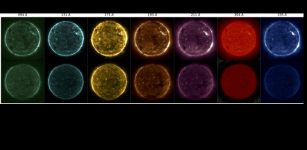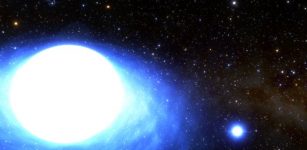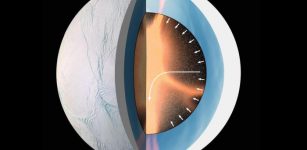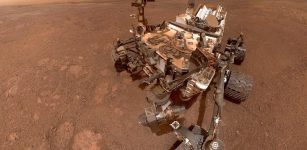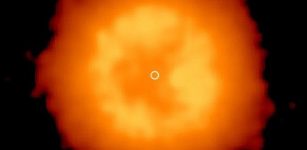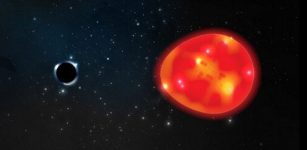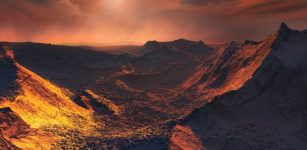Dwarf Planet Pluto’s Surface Revealed in New Horizon’s New Images
MessageToEagle.com – NASA’s New Horizons spacecraft has sent back the first few of a series of the sharpest views of Pluto it obtained during its July flyby – and this image sequence forms the best close-ups of Pluto that humans may see for decades.
These latest pictures are part of a sequence taken near New Horizons’ closest approach to Pluto, with resolutions of about 250-280 feet (77-85 meters) per pixel – revealing features less than half the size of a city block on the diverse surface of the distant planet. In these new images, New Horizons captured a wide variety of spectacular, cratered, mountainous and glacial terrains.
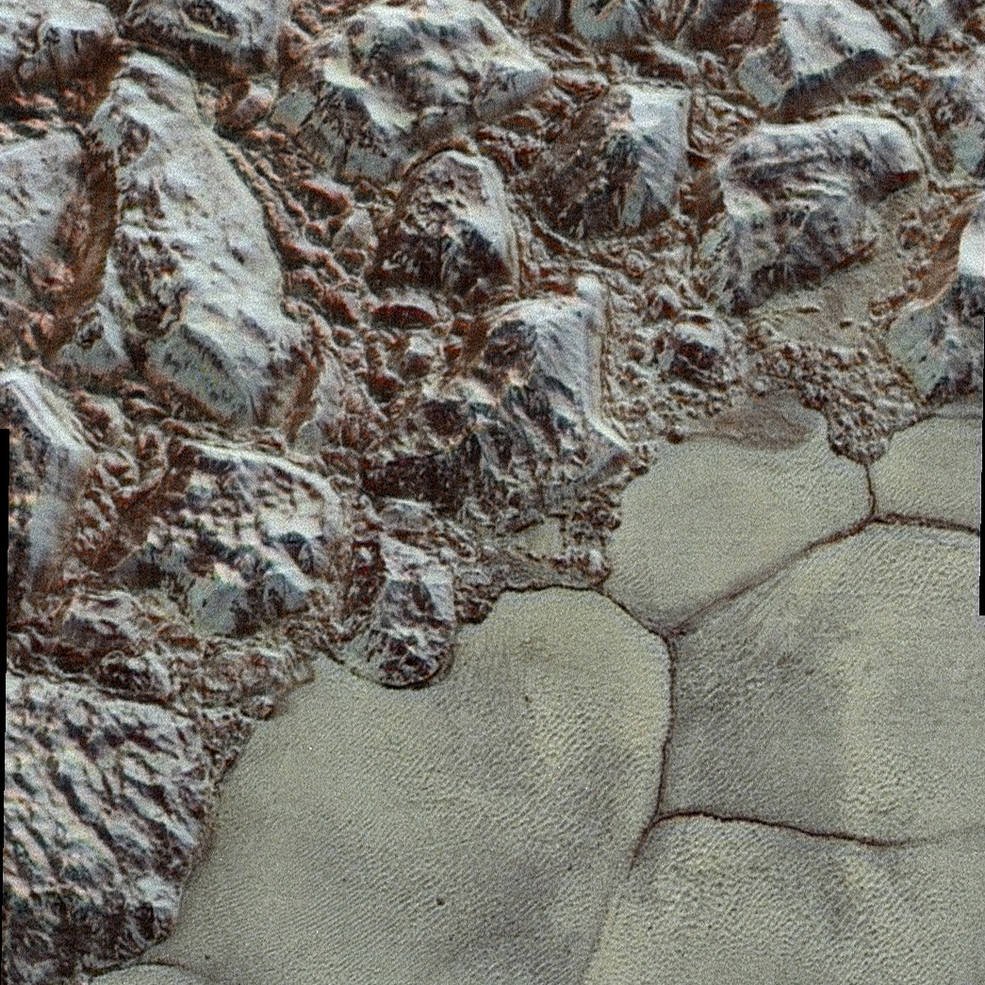
“These close-up images, showing the diversity of terrain on Pluto, demonstrate the power of our robotic planetary explorers to return intriguing data to scientists back here on planet Earth,” said John Grunsfeld, former astronaut and associate administrator for NASA’s Science Mission Directorate.
“New Horizons thrilled us during the July flyby with the first close images of Pluto, and as the spacecraft transmits the treasure trove of images in its onboard memory back to us, we continue to be amazed by what we see.”
The images being released today form a strip 50 miles (80 kilometers) wide trending from Pluto’s jagged horizon about 500 miles (800 kilometers) northwest of the informally named Sputnik Planum, across the al-Idrisi mountains, onto the shoreline of Sputnik and then across its icy plains.
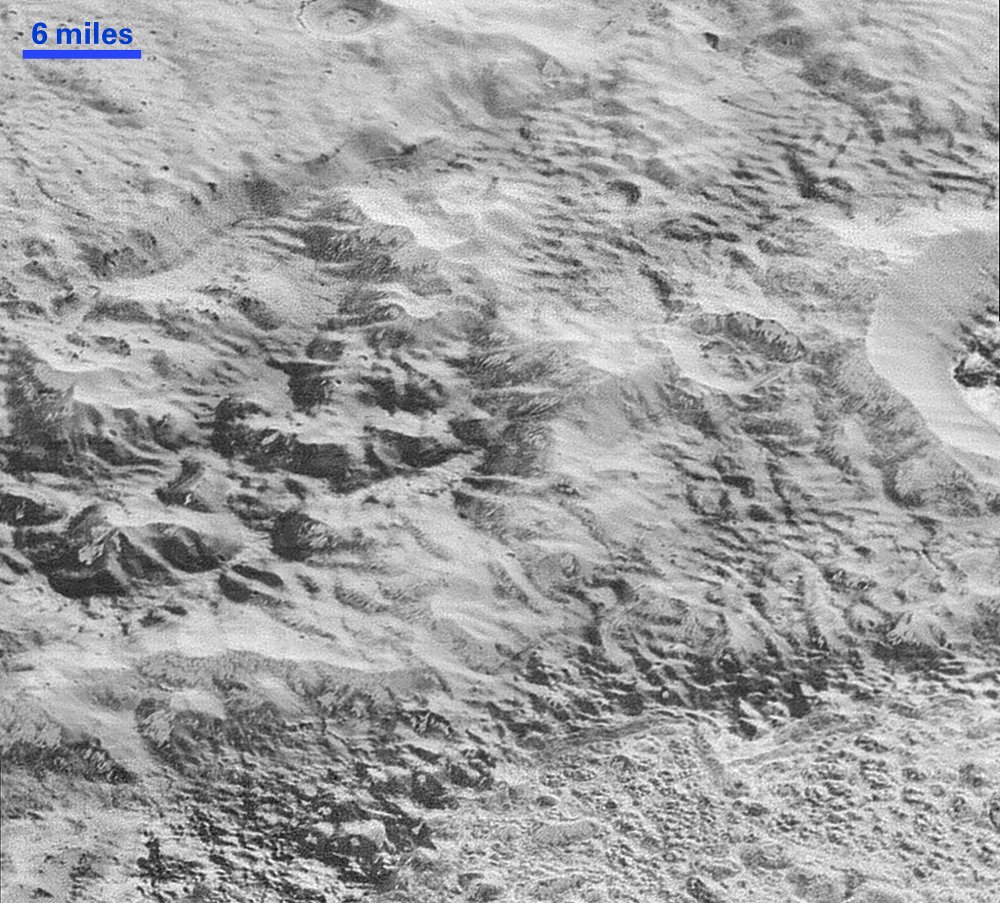
“These new images give us a breathtaking, super-high resolution window into Pluto’s geology,” said New Horizons Principal Investigator Alan Stern, of Southwest Research Institute (SwRI) in Boulder, Colorado. “Nothing of this quality was available for Venus or Mars until decades after their first flybys; yet at Pluto we’re there already – down among the craters, ice fields and mountains – less than five months after flyby! The science we can do with these images is simply unbelievable.”
A video made from these images reveals amazing details on a world 3 billion miles away – as do individual close-ups taken from the wider swath. The images are six times better than the resolution of the global Pluto map New Horizons obtained, and five times better than the best images of Pluto’s cousin Triton, Neptune’s large moon, obtained by Voyager 2 in 1989.
“Impact craters are nature’s drill rigs, and the new, highest-resolution pictures of the bigger craters seem to show that Pluto’s icy crust, at least in places, is distinctly layered,” said William McKinnon, deputy lead of the New Horizons Geology, Geophysics and Imaging team, from Washington University in St. Louis.
New Horizon’s very best view of Pluto (mosaic) – click here
“Looking into Pluto’s depths is also looking back into geologic time, which will help us piece together Pluto’s geological history.”
“The mountains bordering Sputnik Planum are absolutely stunning at this resolution” added New Horizons science team member John Spencer. “The new details revealed here, particularly the crumpled ridges in the rubbly material surrounding several of the mountains, reinforce our earlier impression that the mountains are huge ice blocks that have been jostled and tumbled and somehow transported to their present locations.”
These images were made with the telescopic Long Range Reconnaissance Imager (LORRI) aboard New Horizons, in a timespan of about a minute centered on 11:36 UT on July 14 – just about 15 minutes before New Horizons’ closest approach to Pluto – from a range of just 10,000 miles (17,000 kilometers.
MessageToEagle.com
source:

